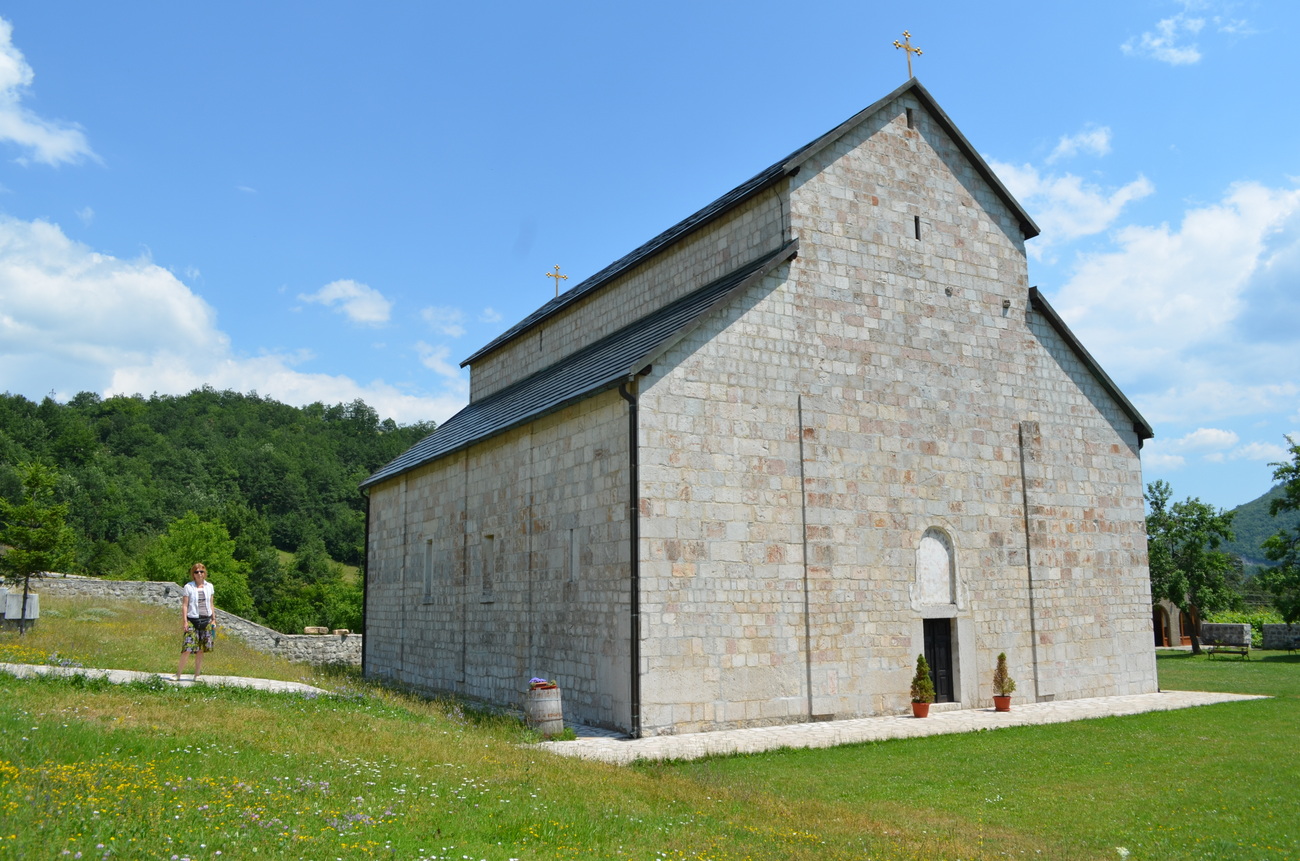|
Bajo Pivljanin
Bajo Pivljanin ( sr-cyr, Бајо Пивљанин – 7 May 1685), born Dragojlo Nikolić, was a Montenegrin and Serbian ''hajduk'' commander mostly active in the Ottoman territories of Herzegovina and southern Dalmatia. Born in Piva, at the time part of the Ottoman Empire, he was an oxen trader who allegedly left his village after experiencing Ottoman injustice. Mentioned in 1654 as a brigand during the Venetian–Ottoman war, he entered the service of the Republic of Venice in 1656. The hajduks were used to protect Venetian Dalmatia. He remained a low-rank ''hajduk'' for the following decade, participating in some notable operations such as the raid on Trebinje. Between 1665 and 1668 he quickly rose through the ranks to the level of ''harambaša'' ("bandit leader"). After the war, which ended unfavourably for the Venetians, the hajduks were moved out of their haven in the Bay of Kotor under Ottoman pressure. Between 1671 and 1684 Pivljanin, along with other hajduks and thei ... [...More Info...] [...Related Items...] OR: [Wikipedia] [Google] [Baidu] |
Piva, Montenegro
Piva ( Serbian Cyrillic: Пива, ) is a historical region in Montenegro, which existed as a tribe also known as Pivljani (Пивљани, ). It is situated in the northwestern highlands of Montenegro, bordering Bosnia and Herzegovina. The Piva River flows through the region. The regional center is the town of Plužine. History Ottoman period Piva was a ''nahiya'' of the Ottoman Empire, mentioned in the 1476–78 ''defter''. It was earlier mentioned in the '' Chronicle of the Priest of Duklja'' (c. 1300–10) as one of ten counties in the province of Podgorje, and in the St. Stephen Chrysobull of Serbian king Stefan Milutin (r. 1282–1321). It was part of Sanjak of Herzegovina during Ottoman rule. The Serbian Orthodox Piva Monastery has stood in Piva since the 16th century. It has produced four Patriarchs of the Serbian Orthodox Church. Modern Under Prince Nicholas I of Montenegro and the Congress of Berlin recognition, in 1878 the Piva together with the Serb Herze ... [...More Info...] [...Related Items...] OR: [Wikipedia] [Google] [Baidu] |
